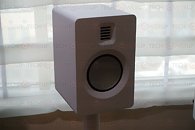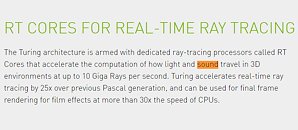Xilinx Announces Cost-Optimized UltraScale+ Portfolio for Ultra-Compact, High-Performance Edge Compute
Xilinx, Inc., the leader in adaptive computing, today announced the company has expanded its UltraScale+ portfolio for markets with new applications that require ultra-compact and intelligent edge solutions. With form factors that are 70 percent smaller than traditional chip-scale packaging, the new Artix and Zynq UltraScale+ devices can now address a wider range of applications within the industrial, vision, healthcare, broadcast, consumer, automotive, and networking markets.
As the world's only hardware adaptable cost-optimized portfolio based on 16 nanometer technology, Artix and Zynq UltraScale+ devices are available in TSMC's state-of-the-art InFO (Integrated Fan-Out) packaging technology. Using InFO, Artix and Zynq UltraScale+ devices meet the need for intelligent edge applications by delivering high-compute density, performance-per-watt, and scalability in compact packaging options.
As the world's only hardware adaptable cost-optimized portfolio based on 16 nanometer technology, Artix and Zynq UltraScale+ devices are available in TSMC's state-of-the-art InFO (Integrated Fan-Out) packaging technology. Using InFO, Artix and Zynq UltraScale+ devices meet the need for intelligent edge applications by delivering high-compute density, performance-per-watt, and scalability in compact packaging options.





























